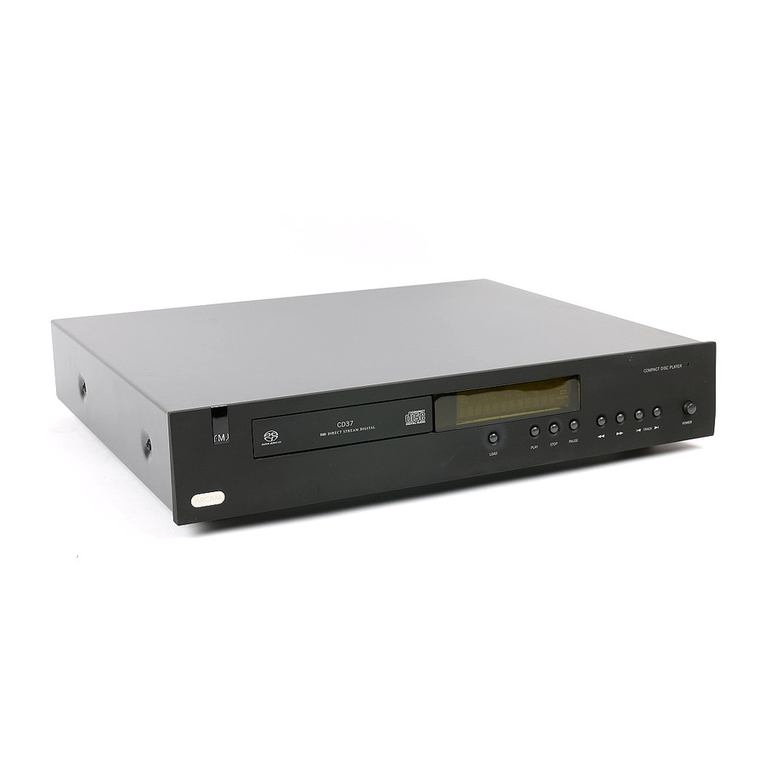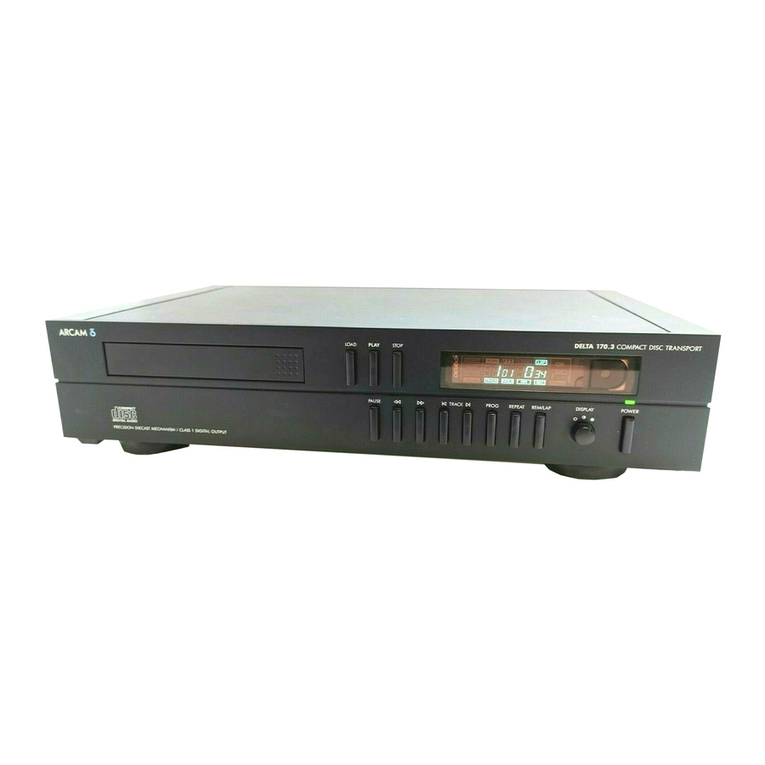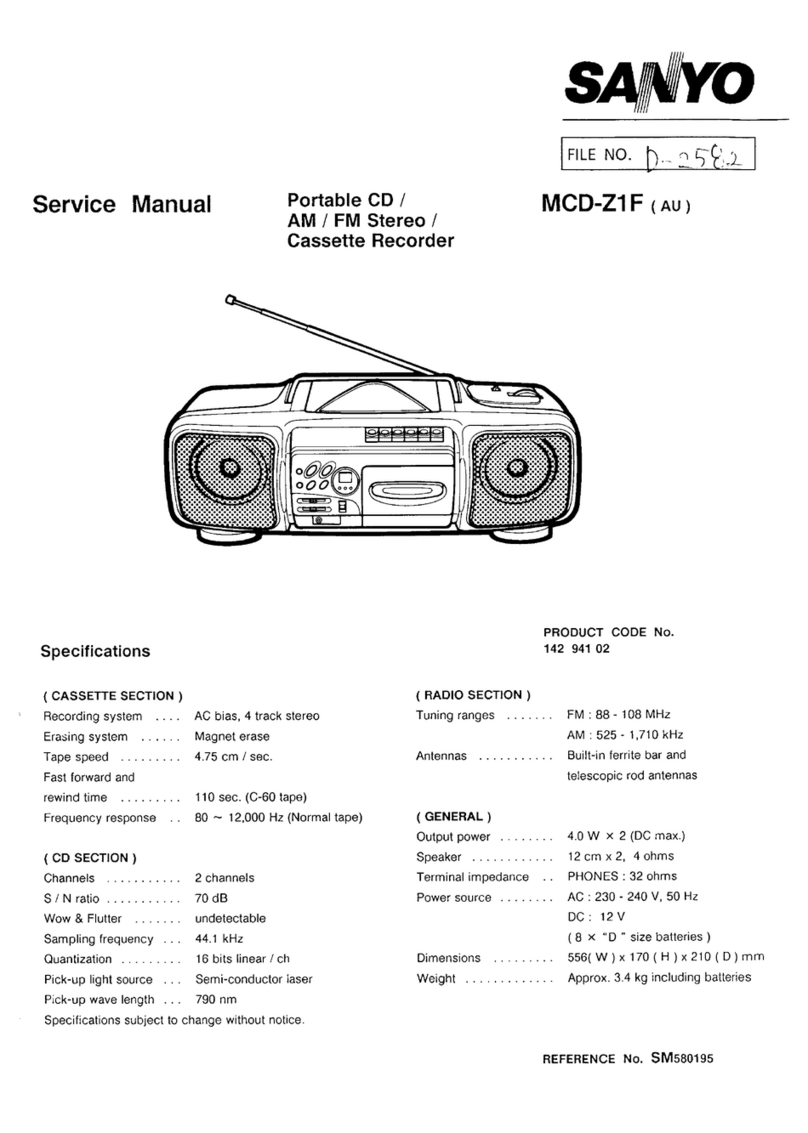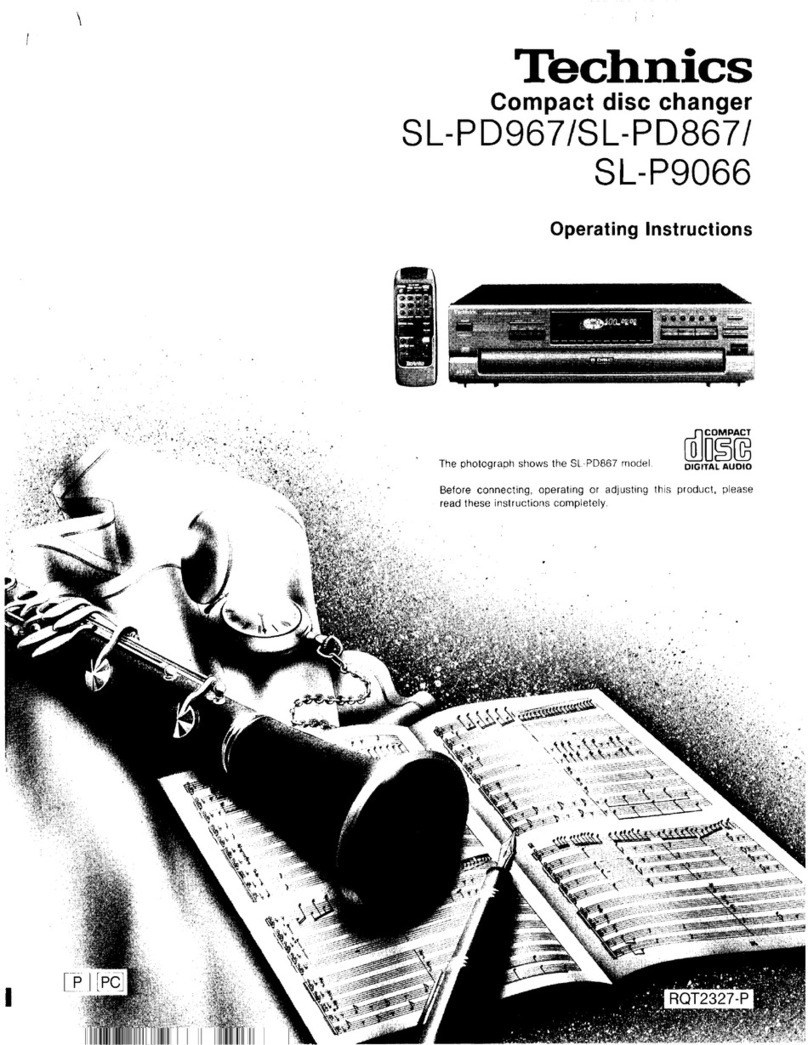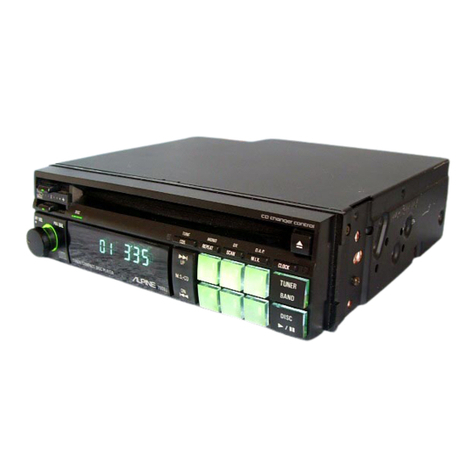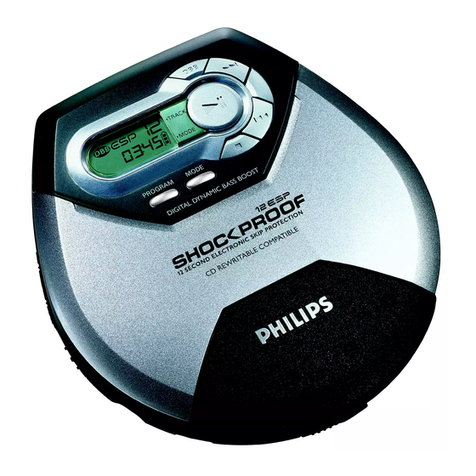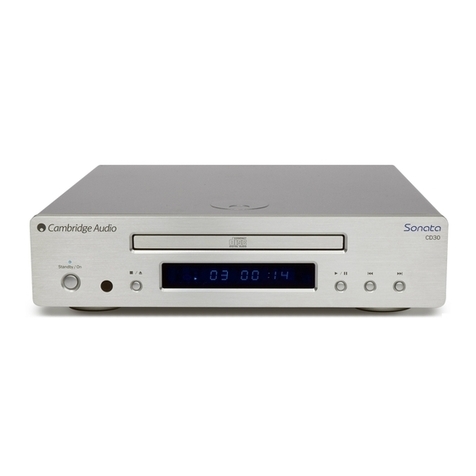Arcam Delta 70.2 User manual
Other Arcam CD Player manuals
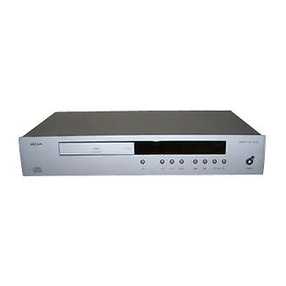
Arcam
Arcam DiVA CD72 User manual
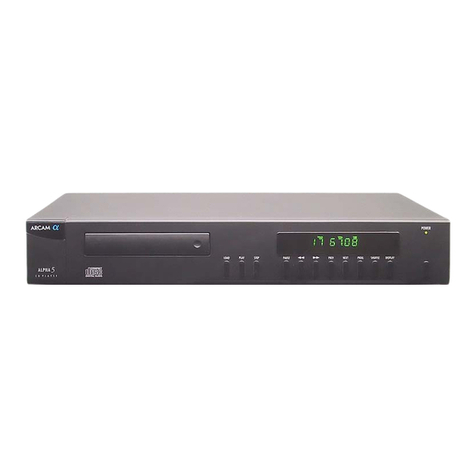
Arcam
Arcam ALPHA ONE User manual
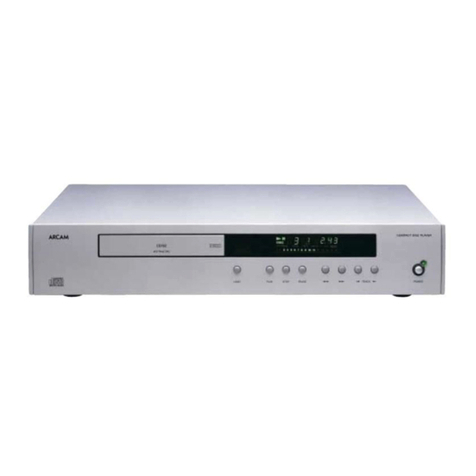
Arcam
Arcam DiVA CD92 User manual
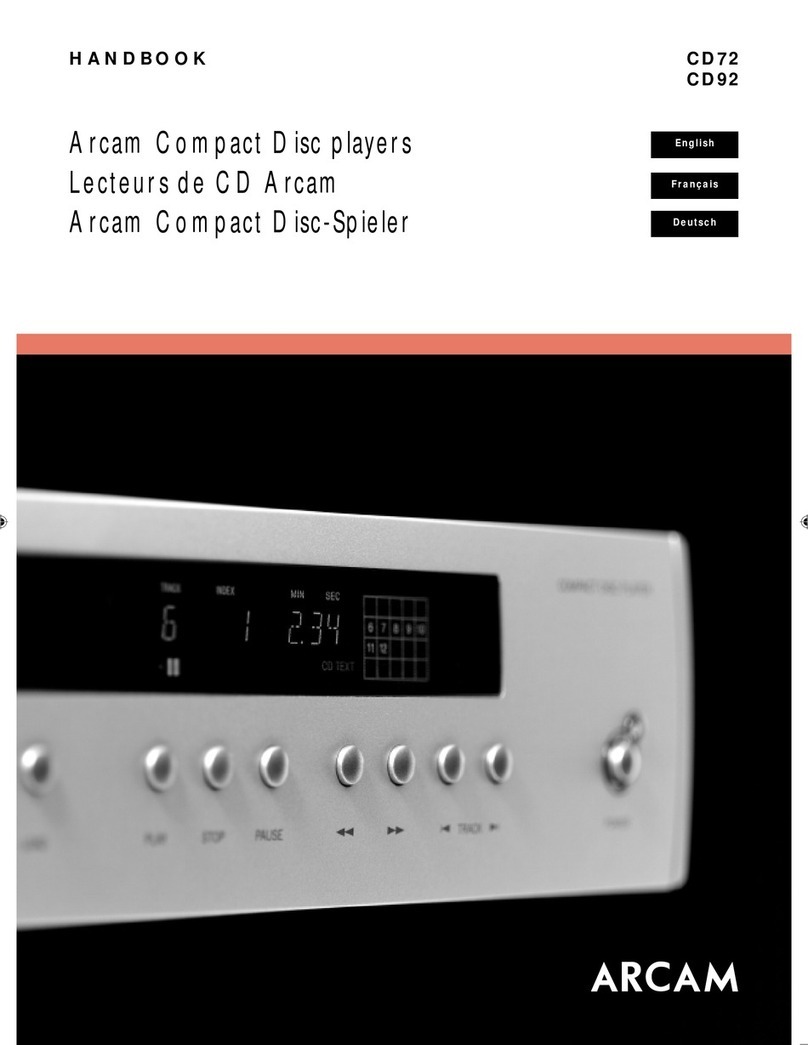
Arcam
Arcam DiVA CD72 User manual
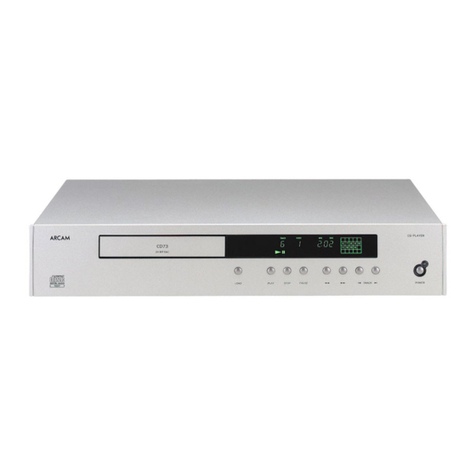
Arcam
Arcam DiVA CD73 User manual
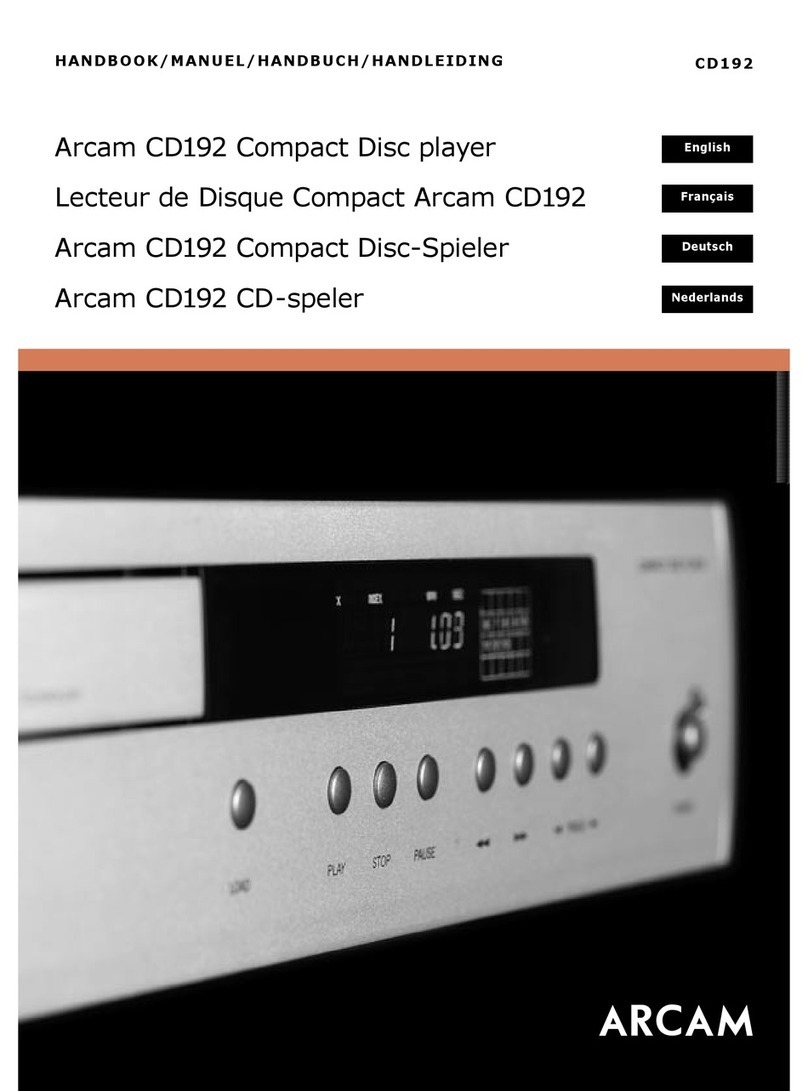
Arcam
Arcam CD192 User manual
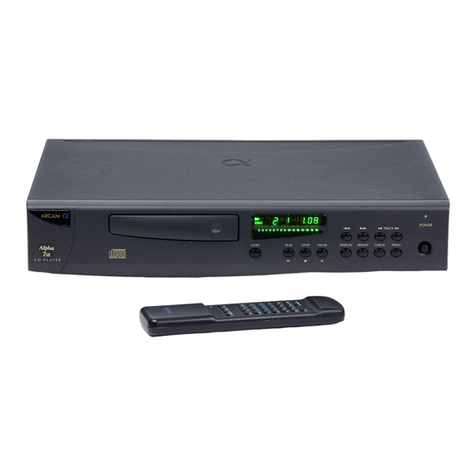
Arcam
Arcam Alpha 9 User manual
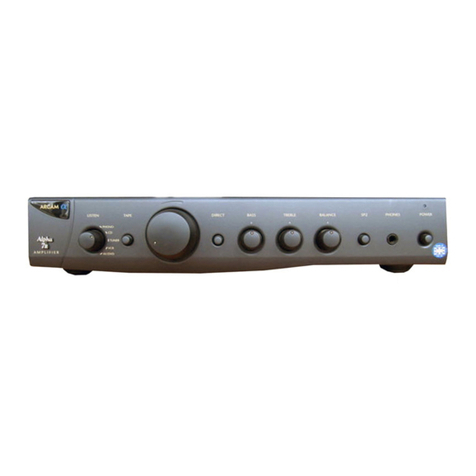
Arcam
Arcam ALPHA ONE User manual
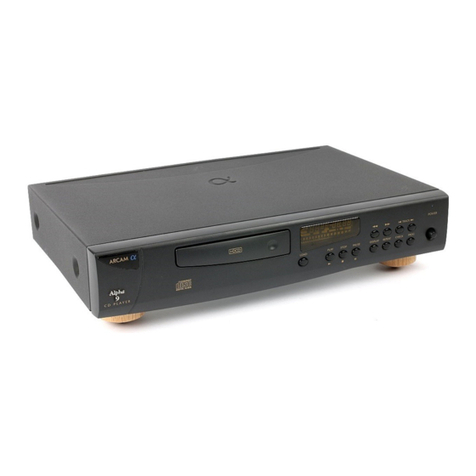
Arcam
Arcam Alpha 7 User manual

Arcam
Arcam CD23 User manual

Arcam
Arcam DiVA CD72 User manual

Arcam
Arcam CD33 User manual

Arcam
Arcam FMJ CD17 User manual
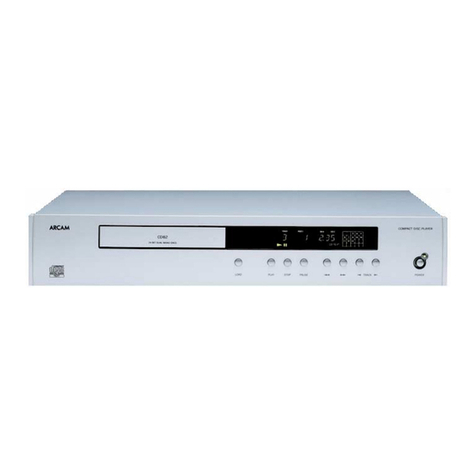
Arcam
Arcam DiVA CD82 User manual
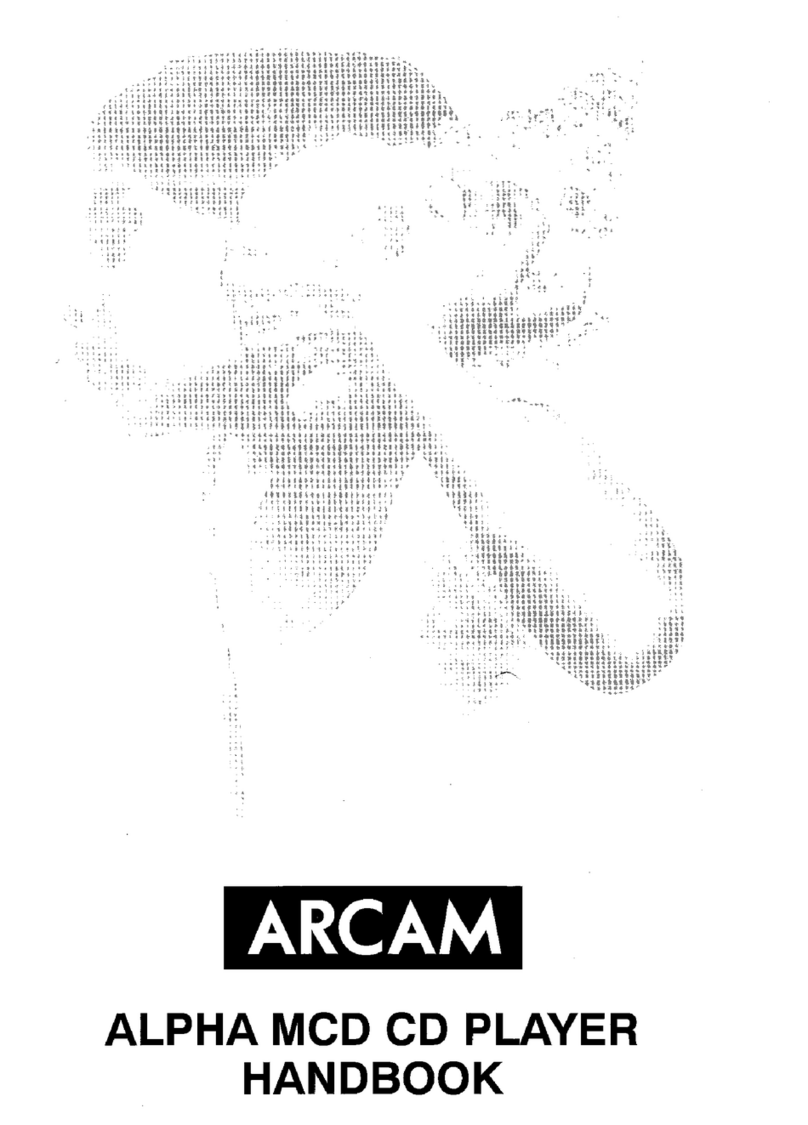
Arcam
Arcam Alpha MCD User manual
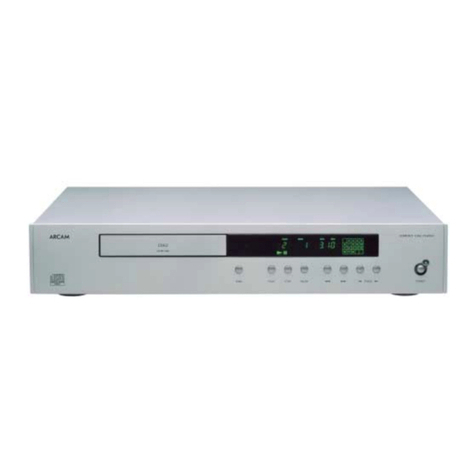
Arcam
Arcam DiVA CD62 User manual
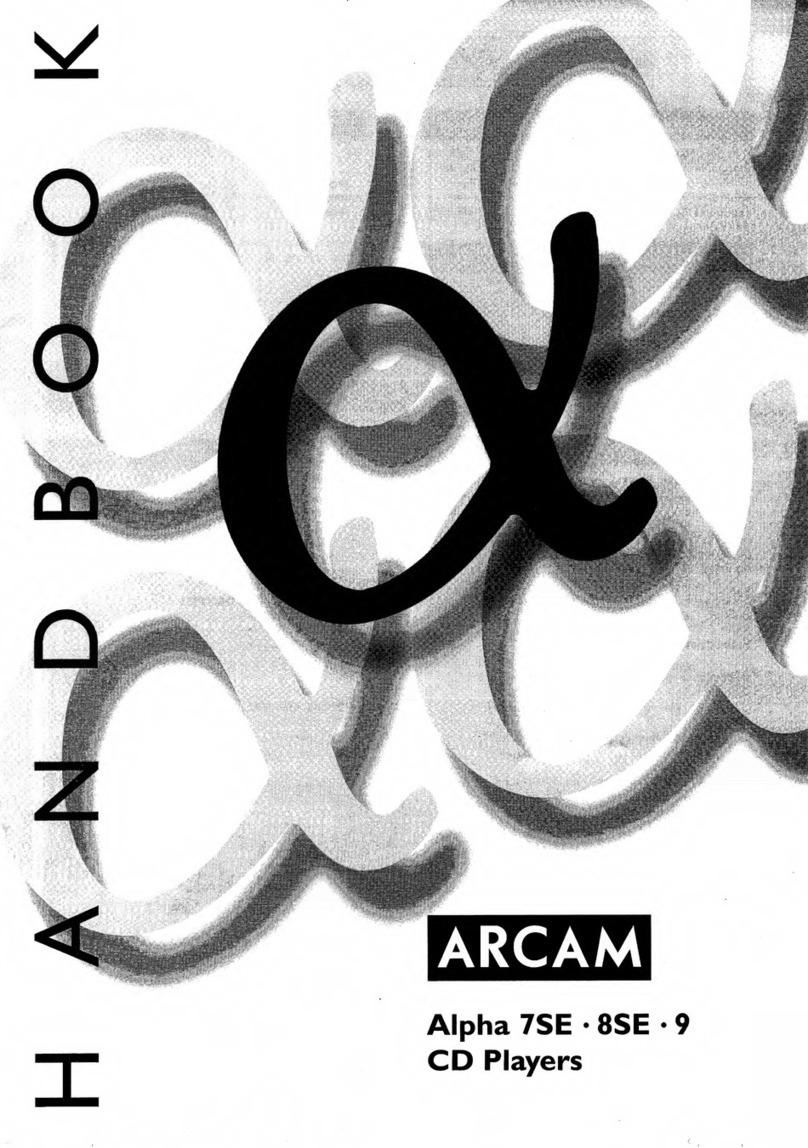
Arcam
Arcam Alpha 9 User manual
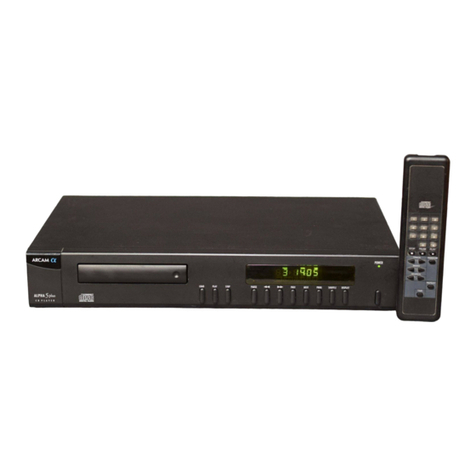
Arcam
Arcam Alpha 5 User manual
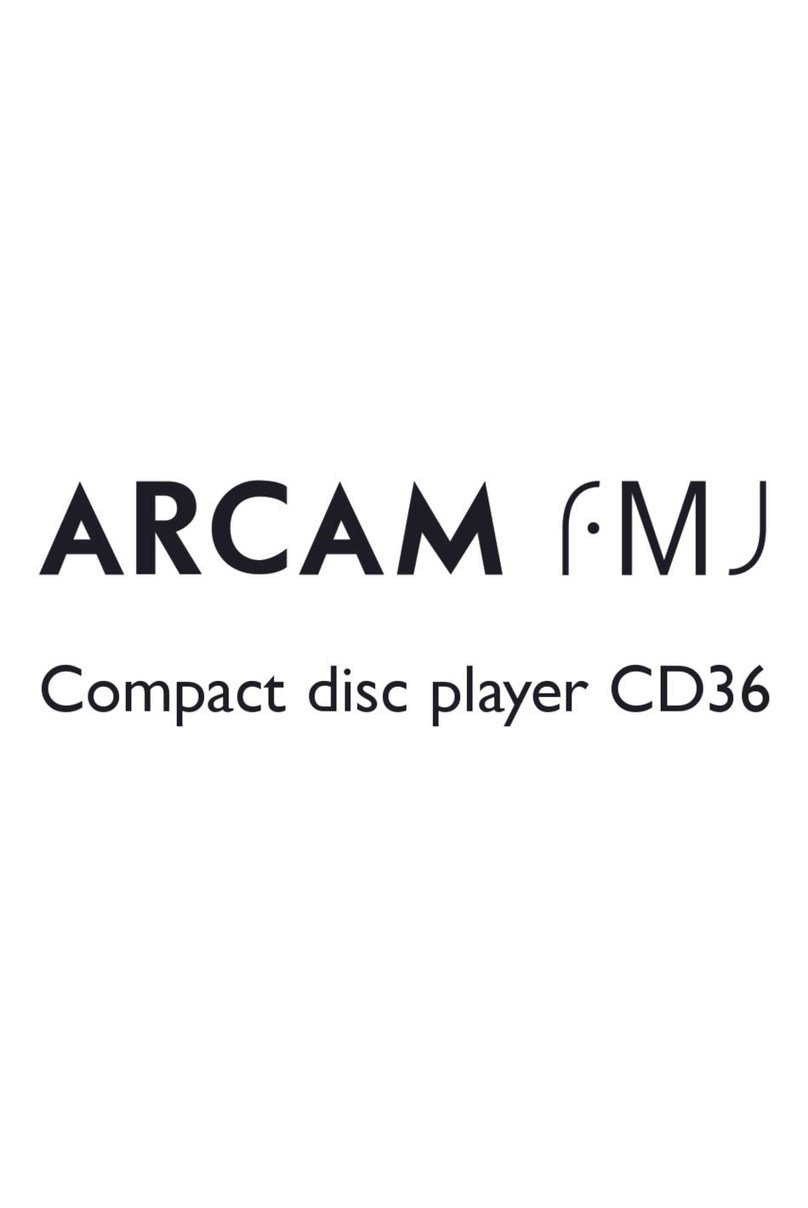
Arcam
Arcam CD36 User manual
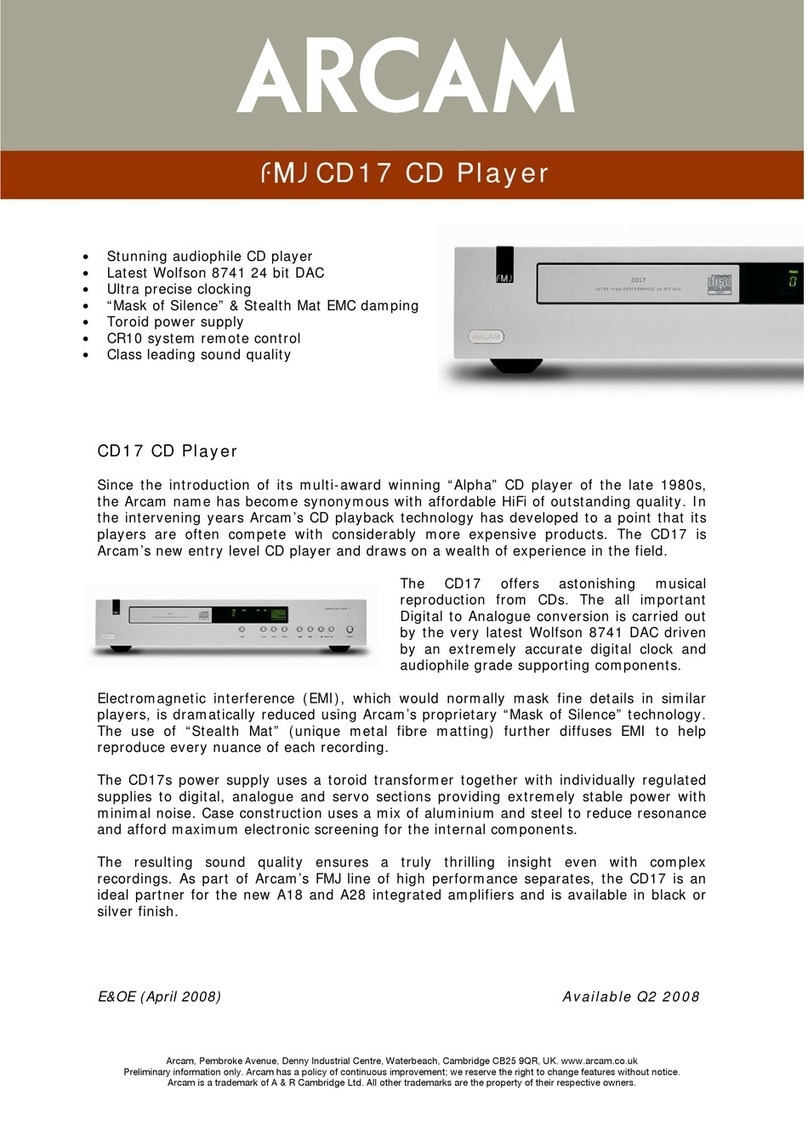
Arcam
Arcam FMJ CD17 User manual


